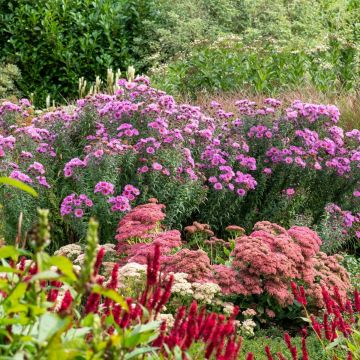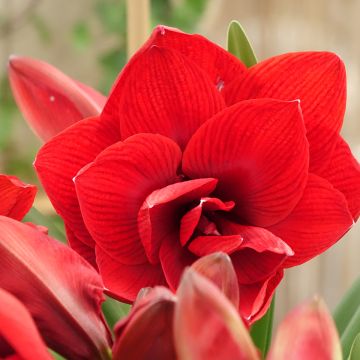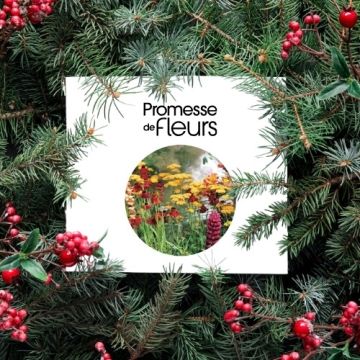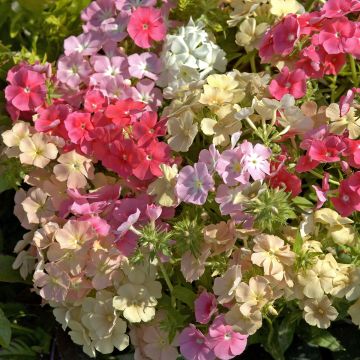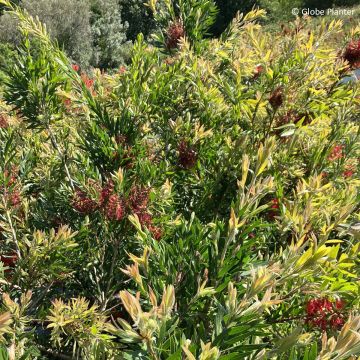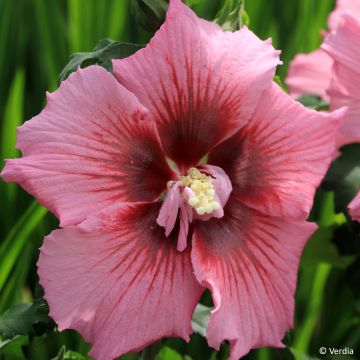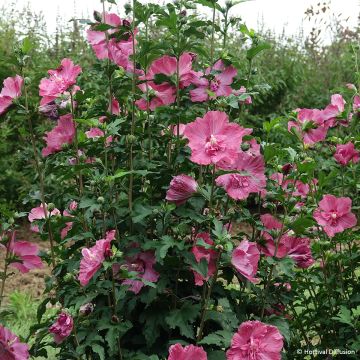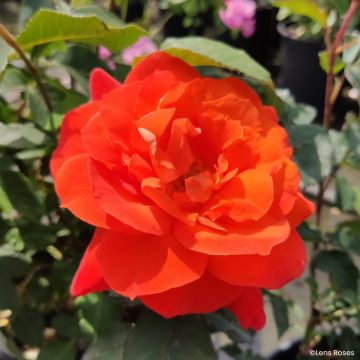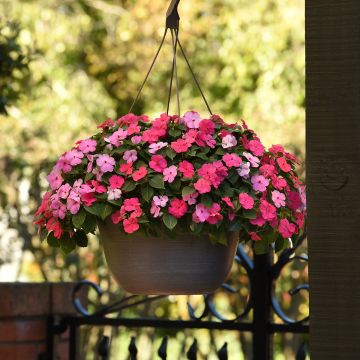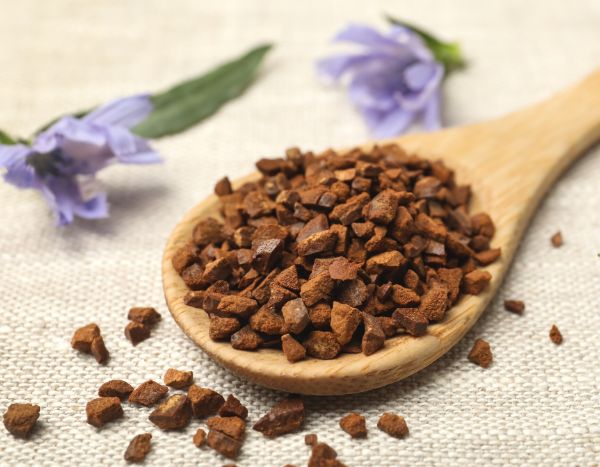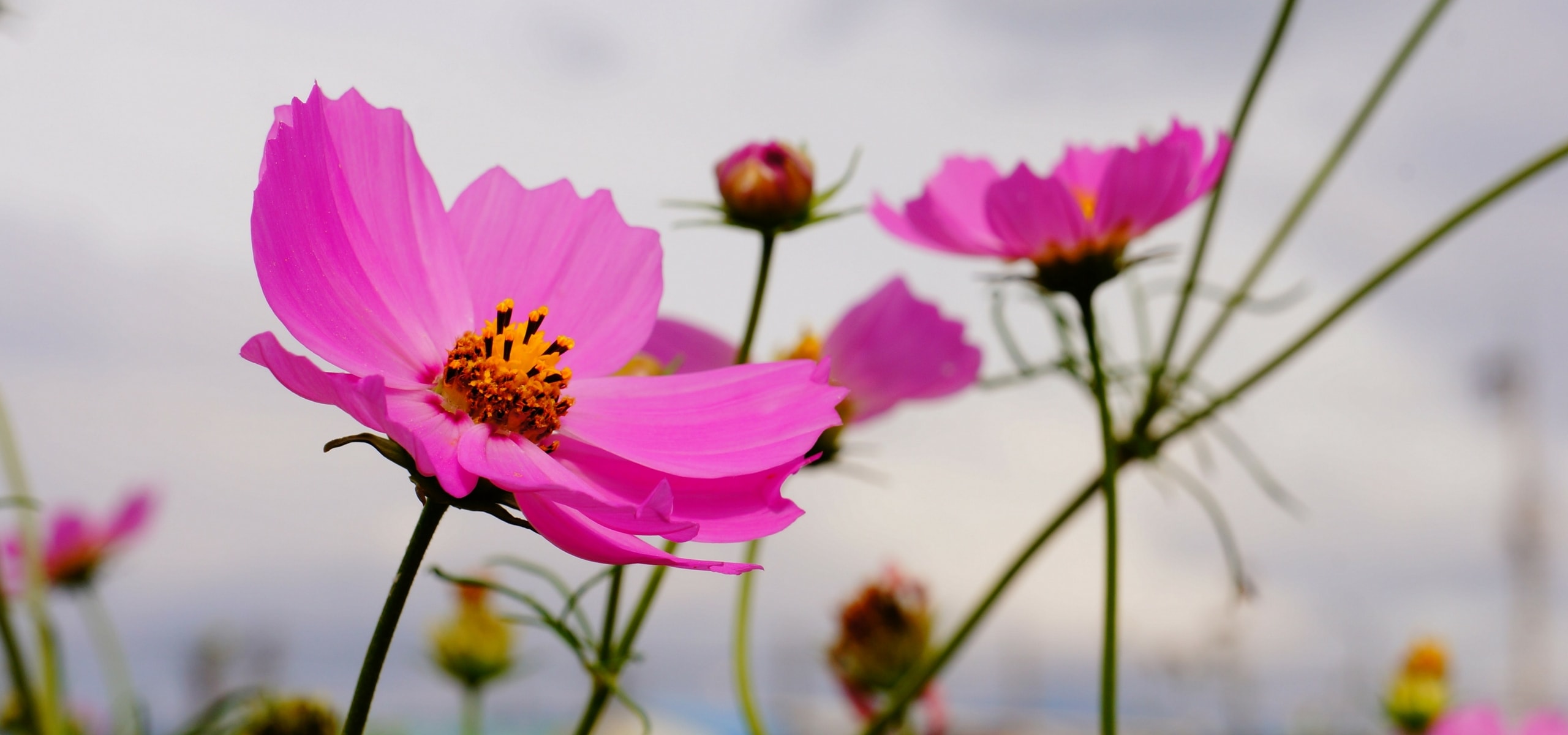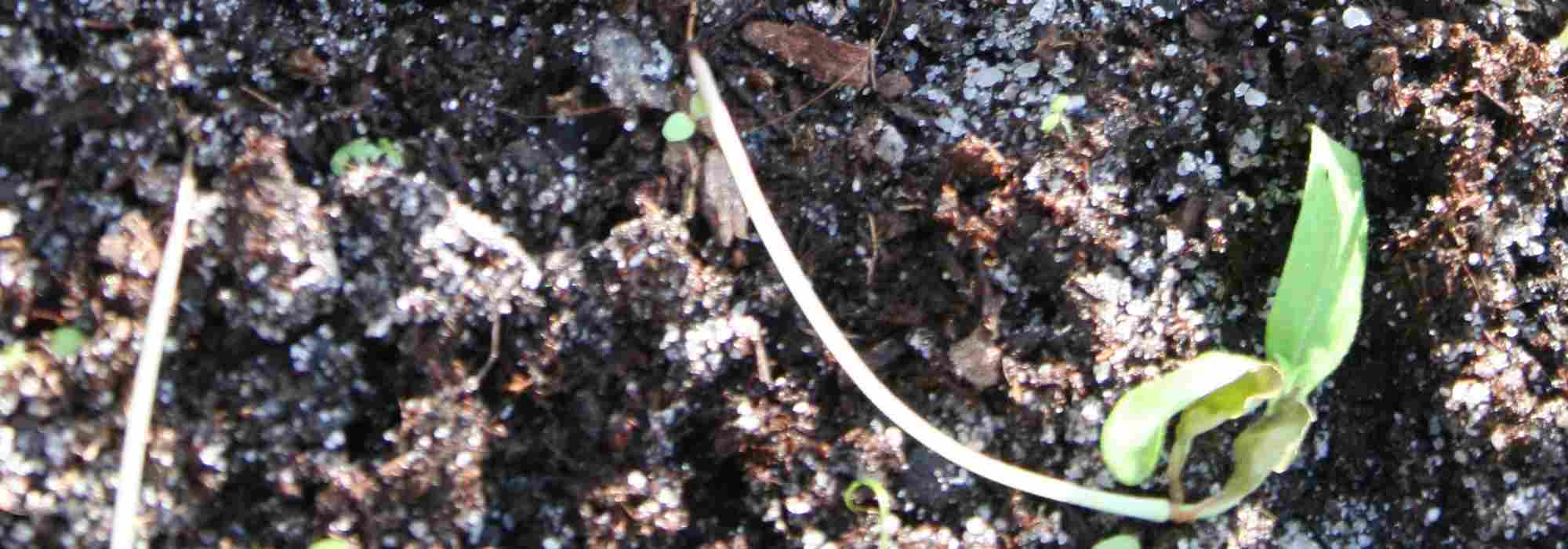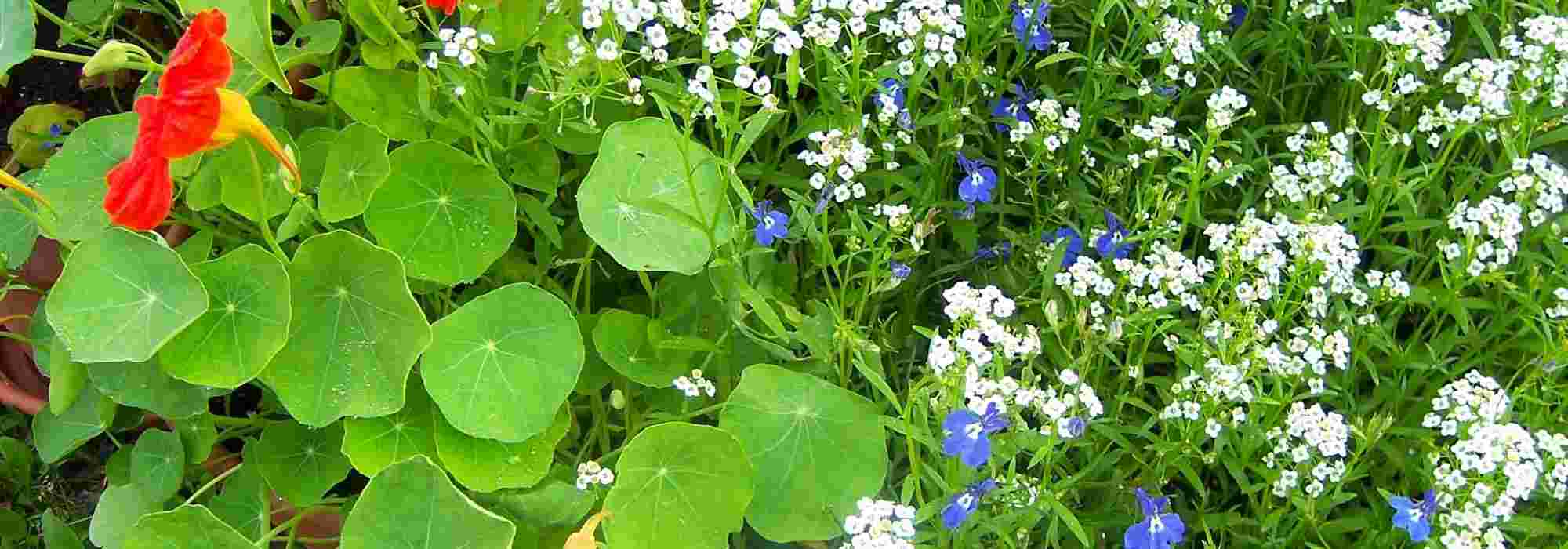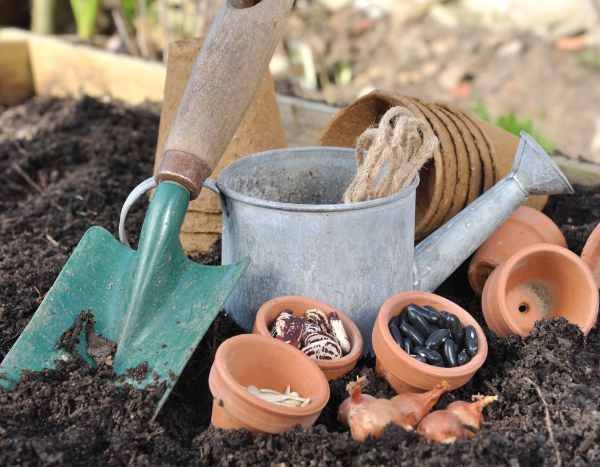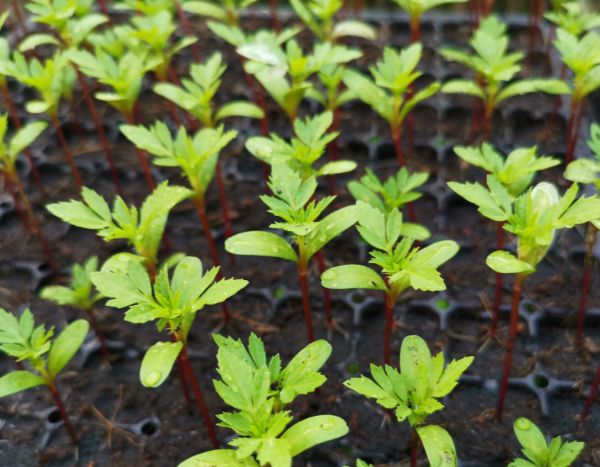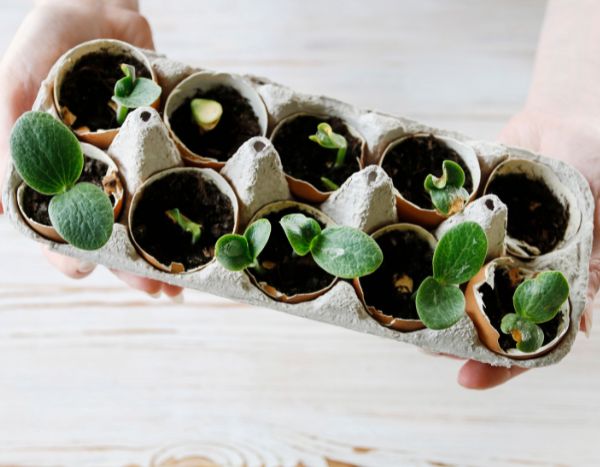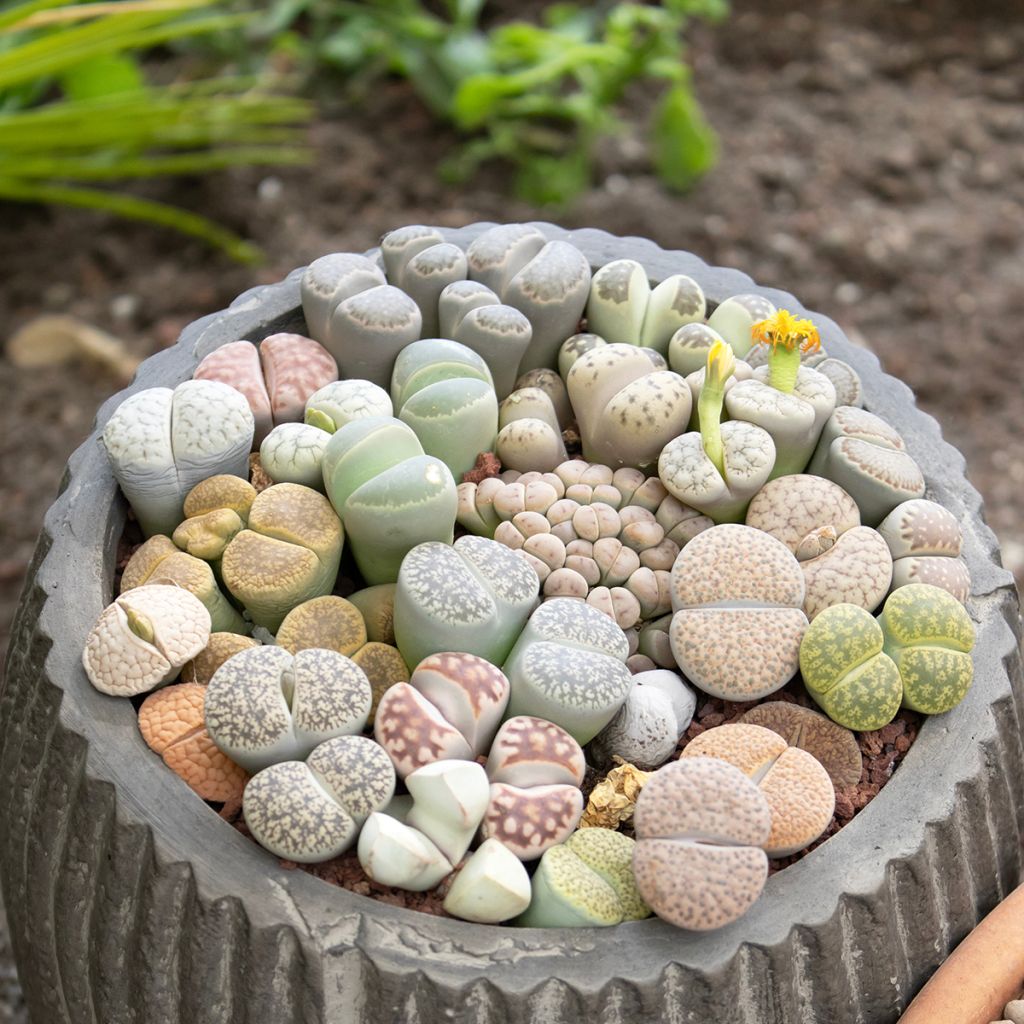

Lithops Pebble Plants Mixed - Living Stone
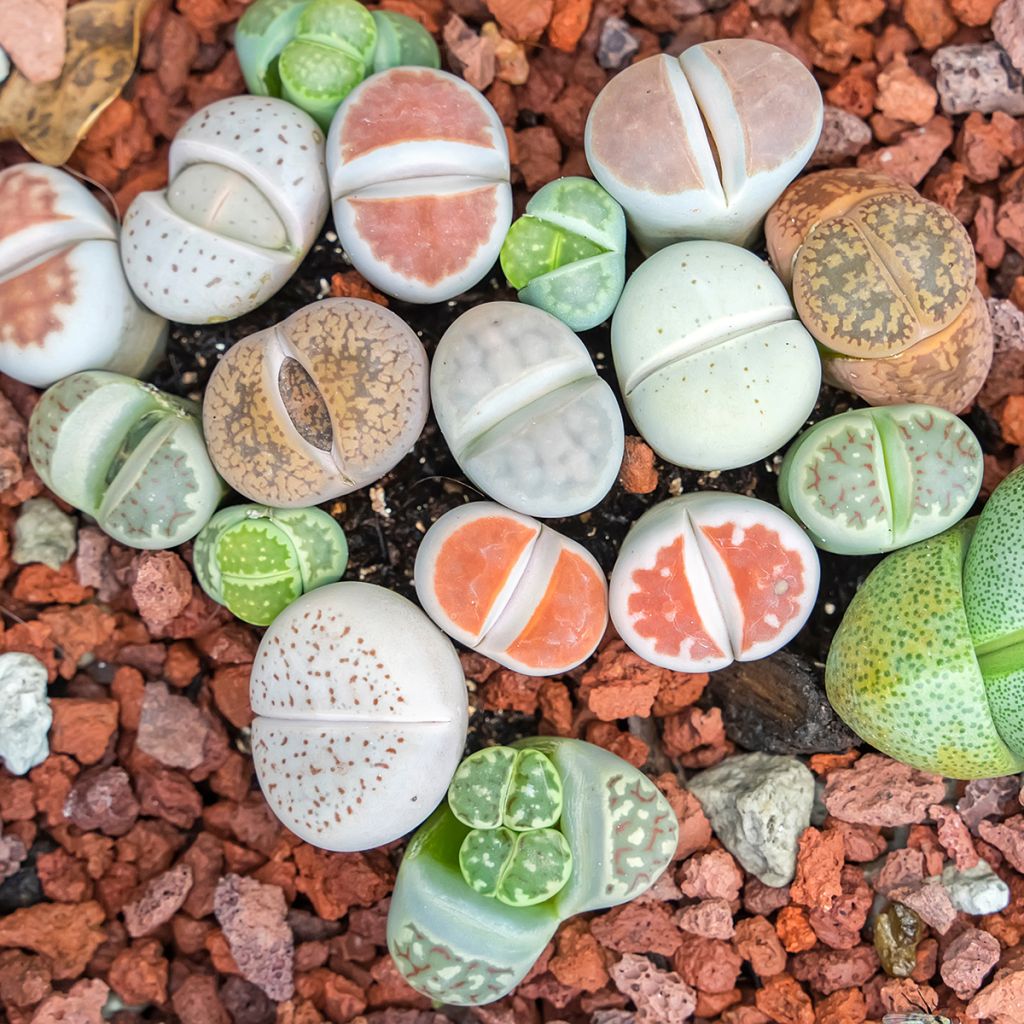

Lithops Pebble Plants Mixed - Living Stone
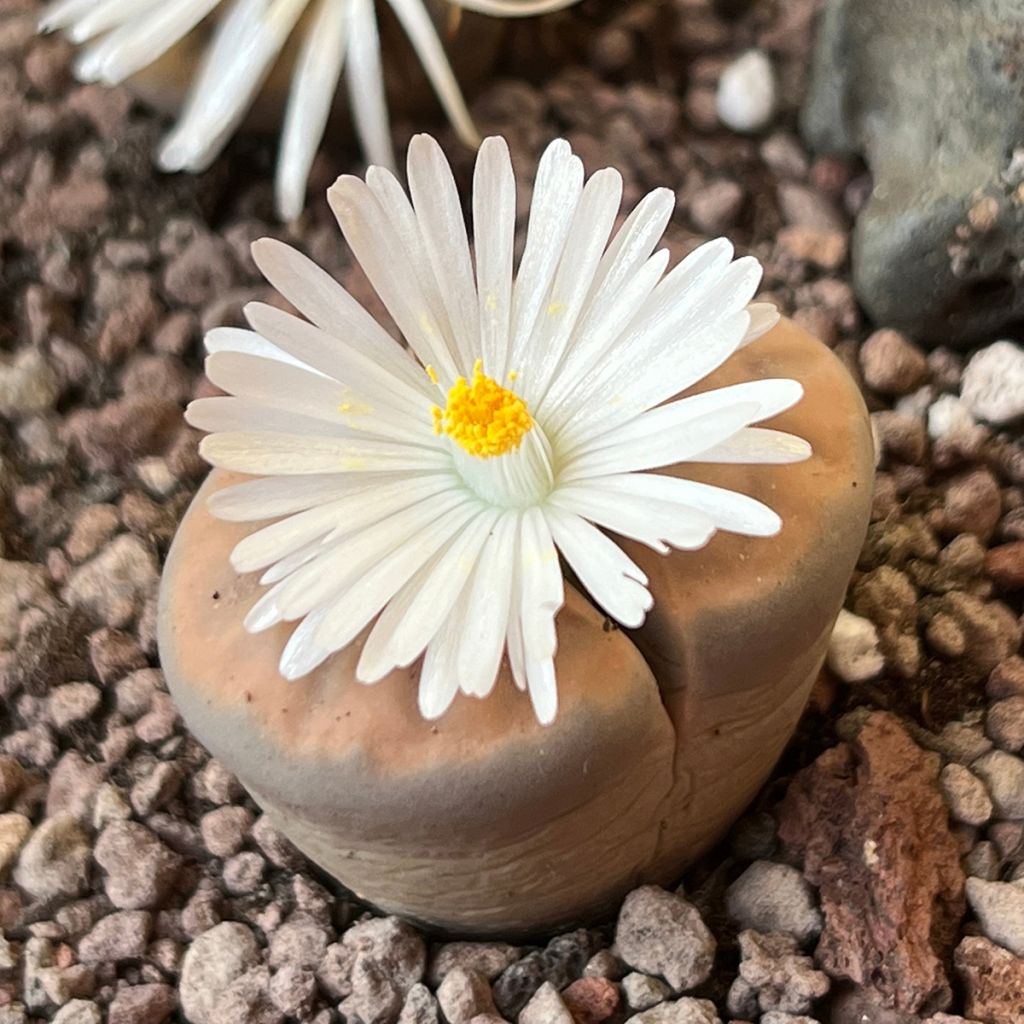

Lithops Pebble Plants Mixed - Living Stone
Lithops Pebble Plants Mixed - Living Stone
Lithops Pebble Plants Mixed
Living Stones, Pebble Plants, Flowering Stones
Special offer!
Receive a €20 voucher for any order over €90 (excluding delivery costs, credit notes, and plastic-free options)!
1- Add your favorite plants to your cart.
2- Once you have reached €90, confirm your order (you can even choose the delivery date!).
3- As soon as your order is shipped, you will receive an email containing your voucher code, valid for 3 months (90 days).
Your voucher is unique and can only be used once, for any order with a minimum value of €20, excluding delivery costs.
Can be combined with other current offers, non-divisible and non-refundable.
Why not try an alternative variety in stock?
View all →This plant carries a 6 months recovery warranty
More information
We guarantee the quality of our plants for a full growing cycle, and will replace at our expense any plant that fails to recover under normal climatic and planting conditions.
Does this plant fit my garden?
Set up your Plantfit profile →
Description
Lithops 'Pebble Plants Mixed', also known as 'living stones' or 'pebble plants', are small, non-hardy succulent perennial plants which look like smooth pebbles. They bloom in late summer or early autumn with mainly yellow or white, daisy-like flowers. Perfectly adapted to drought and poor soils, these plants are sensitive to excess moisture, cold, and constantly damp soil. They need full light, sandy and poor soil, and should be protected in winter.
Confined in nature to the desert and semi-desert areas of South Africa and Namibia, the genus Lithops includes about forty species of perennial and succulent plants belonging to the Aizoaceae family. Each stemless plant rarely exceeds 10 to 15 cm (4 to 6in) high. It is composed of a pair of round, upright and fleshy leaves, joined at their base to form a cylindrical or hemispherical body with a deep fissure. They are rather dull colours, ranging from grey to greenish, yellowish or reddish. The growth period extends from July to November and is characterized by the formation of a new pair of leaves that seems to 'absorb' the substance of the old leaves that wither on the collar of the plant, at ground level. At the end of summer or early autumn, flowers emerge between these new pairs of leaves, carried by very short peduncles. They take the form of 2.5 to 5 cm (1 to 2in) in diameter, entirely yellow or white, often fragrant, daisies with a yellow centre and many petals, opening in the afternoon and closing in the evening for several days. There are many variations, depending on the species. The flowers are followed by capsule fruits that contain numerous seeds and open when it rains.
Lithops 'Pebble Plants Mixed' will form small, amusing and very original colonies in planters or dry rock gardens in mild climates. In the wild, these plants are practically buried in loamy, sandy, or rocky, very well-draining and organic-poor soils which are dry for most of the year. In cultivation, it can be useful to grow them above ground and remove dead husks that can serve as refuges for moisture or parasites. They should be protected from frost and kept dry in winter.
Report an error about the product description
Lithops Pebble Plants Mixed - Living Stone in pictures
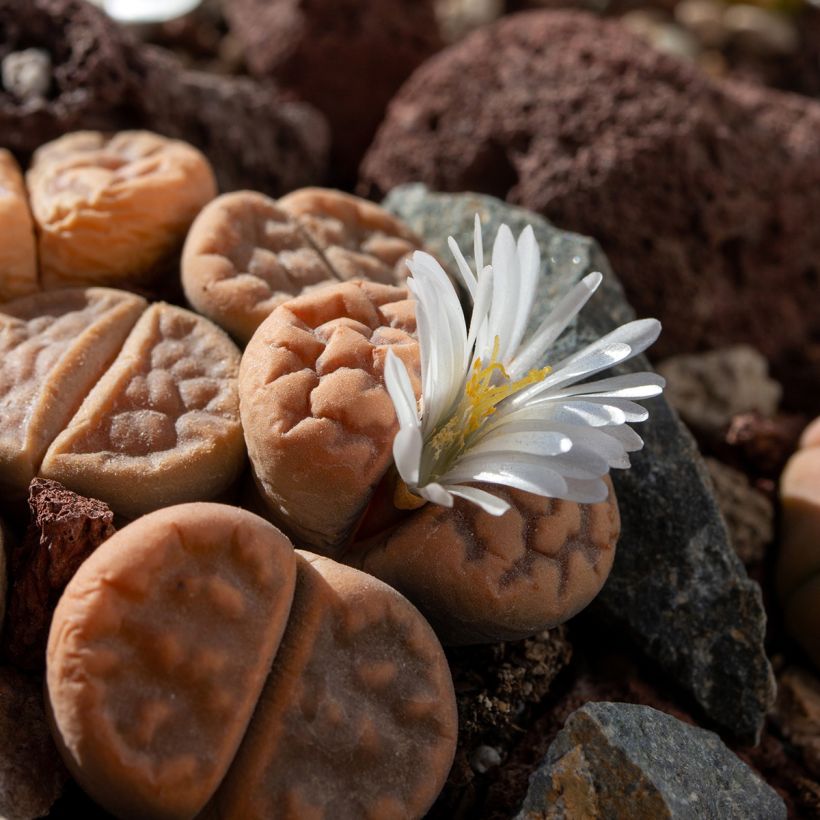

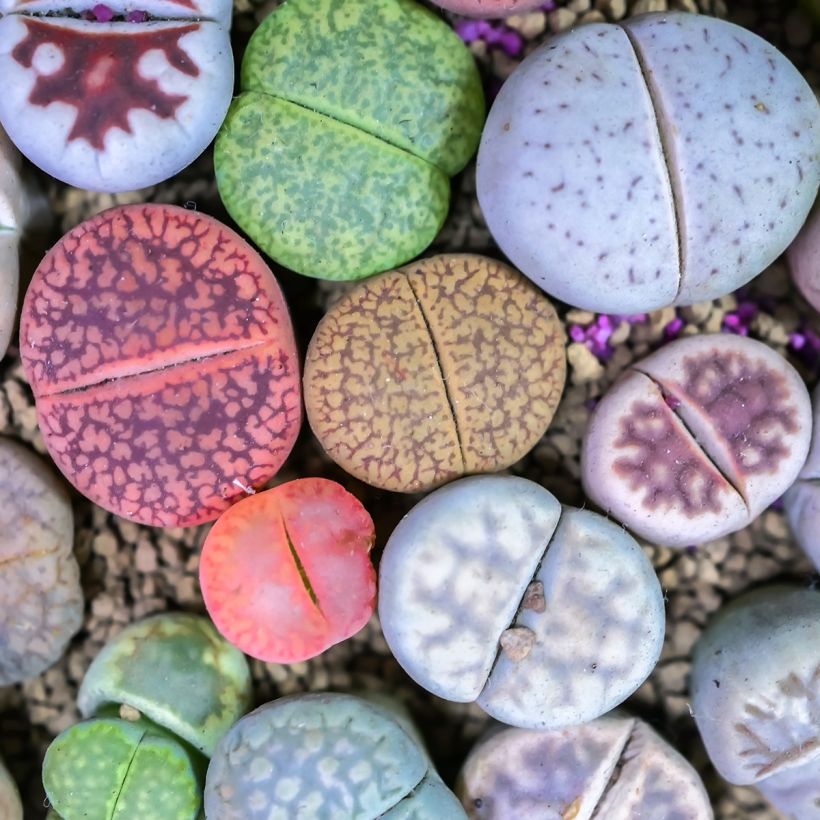

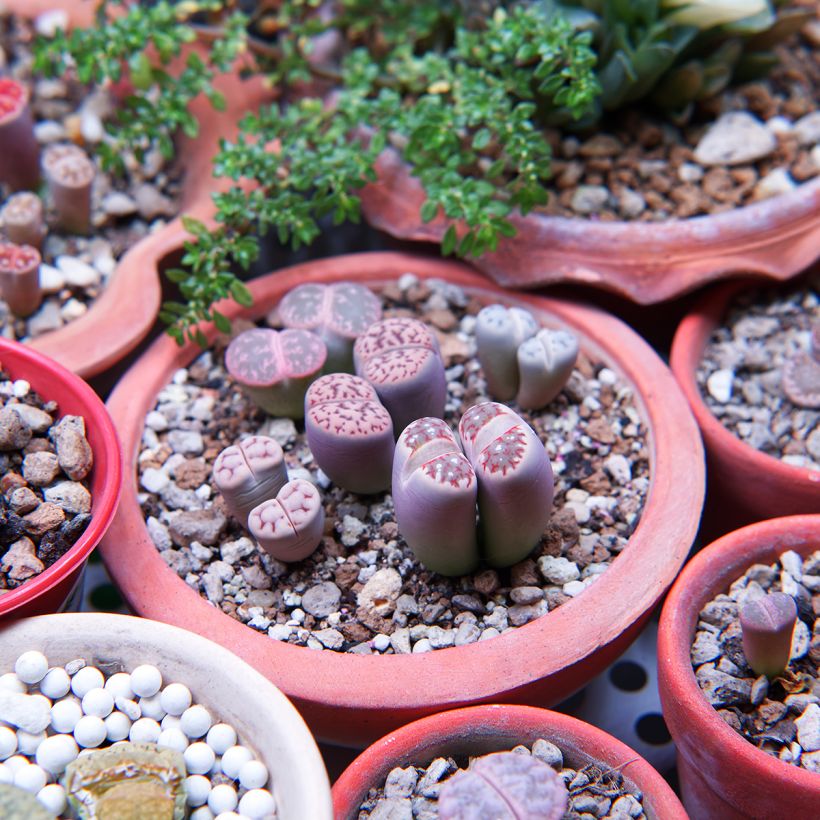

Flowering
Foliage
Plant habit
Botanical data
Lithops
Pebble Plants Mixed
Aizoaceae
Living Stones, Pebble Plants, Flowering Stones
South Africa
Planting and care
Sowing:
Sow from mid-winter to the end of summer in well-draining special cactus soil, barely covering the seeds with fine sand. Enclose in a polyethylene bag or cover with a glass plate until germination, which can take 2 to 12 weeks at 18-27°C (64.4-80.6°F).
Carefully transplant the seedlings into 6cm (2in) pots when they are large enough to handle. The root system is very fragile at this stage. Water sparingly, allowing the surface of the soil to dry slightly before misting finely. After two or three months, let them dry for a few days between two thorough waterings. Repot when the plants start to become overcrowded.
Cultivation:
Lithops are undemanding plants that thrive in very poor and sandy soil mixes, slightly clayey, but with excellent drainage. Use small pots, as they cannot absorb water and their roots may rot. During the winter resting period, do not water, or water very lightly (mists of rainwater), only if the plants become intensely wrinkled. When the new leaves have absorbed the substance of the old ones, resume watering. It is best to water well once or twice a month, allowing for a period of drought between each watering. Avoid shallow watering, which does not allow for deep rooting and may saturate the surface of the substrate with mineral salts. Give lithops maximum light and ideally a winter temperature of 5 to 8°C (41 to 46.4°F). Direct sunlight and heat are well tolerated, provided the plants are gradually acclimated to them. Dividing very large clumps is risky, as it damages the roots; leaf cuttings are possible but quite difficult to succeed with. Keep in mind that the original climate of lithops has cold but dry winters and hot and humid summers.
Sowing period
Intended location
Planting & care advice
This item has not been reviewed yet - be the first to leave a review about it.
Haven't found what you were looking for?
Hardiness is the lowest winter temperature a plant can endure without suffering serious damage or even dying. However, hardiness is affected by location (a sheltered area, such as a patio), protection (winter cover) and soil type (hardiness is improved by well-drained soil).

Photo Sharing Terms & Conditions
In order to encourage gardeners to interact and share their experiences, Promesse de fleurs offers various media enabling content to be uploaded onto its Site - in particular via the ‘Photo sharing’ module.
The User agrees to refrain from:
- Posting any content that is illegal, prejudicial, insulting, racist, inciteful to hatred, revisionist, contrary to public decency, that infringes on privacy or on the privacy rights of third parties, in particular the publicity rights of persons and goods, intellectual property rights, or the right to privacy.
- Submitting content on behalf of a third party;
- Impersonate the identity of a third party and/or publish any personal information about a third party;
In general, the User undertakes to refrain from any unethical behaviour.
All Content (in particular text, comments, files, images, photos, videos, creative works, etc.), which may be subject to property or intellectual property rights, image or other private rights, shall remain the property of the User, subject to the limited rights granted by the terms of the licence granted by Promesse de fleurs as stated below. Users are at liberty to publish or not to publish such Content on the Site, notably via the ‘Photo Sharing’ facility, and accept that this Content shall be made public and freely accessible, notably on the Internet.
Users further acknowledge, undertake to have ,and guarantee that they hold all necessary rights and permissions to publish such material on the Site, in particular with regard to the legislation in force pertaining to any privacy, property, intellectual property, image, or contractual rights, or rights of any other nature. By publishing such Content on the Site, Users acknowledge accepting full liability as publishers of the Content within the meaning of the law, and grant Promesse de fleurs, free of charge, an inclusive, worldwide licence for the said Content for the entire duration of its publication, including all reproduction, representation, up/downloading, displaying, performing, transmission, and storage rights.
Users also grant permission for their name to be linked to the Content and accept that this link may not always be made available.
By engaging in posting material, Users consent to their Content becoming automatically accessible on the Internet, in particular on other sites and/or blogs and/or web pages of the Promesse de fleurs site, including in particular social pages and the Promesse de fleurs catalogue.
Users may secure the removal of entrusted content free of charge by issuing a simple request via our contact form.
The flowering period indicated on our website applies to countries and regions located in USDA zone 8 (France, the United Kingdom, Ireland, the Netherlands, etc.)
It will vary according to where you live:
- In zones 9 to 10 (Italy, Spain, Greece, etc.), flowering will occur about 2 to 4 weeks earlier.
- In zones 6 to 7 (Germany, Poland, Slovenia, and lower mountainous regions), flowering will be delayed by 2 to 3 weeks.
- In zone 5 (Central Europe, Scandinavia), blooming will be delayed by 3 to 5 weeks.
In temperate climates, pruning of spring-flowering shrubs (forsythia, spireas, etc.) should be done just after flowering.
Pruning of summer-flowering shrubs (Indian Lilac, Perovskia, etc.) can be done in winter or spring.
In cold regions as well as with frost-sensitive plants, avoid pruning too early when severe frosts may still occur.
The planting period indicated on our website applies to countries and regions located in USDA zone 8 (France, United Kingdom, Ireland, Netherlands).
It will vary according to where you live:
- In Mediterranean zones (Marseille, Madrid, Milan, etc.), autumn and winter are the best planting periods.
- In continental zones (Strasbourg, Munich, Vienna, etc.), delay planting by 2 to 3 weeks in spring and bring it forward by 2 to 4 weeks in autumn.
- In mountainous regions (the Alps, Pyrenees, Carpathians, etc.), it is best to plant in late spring (May-June) or late summer (August-September).
The harvesting period indicated on our website applies to countries and regions in USDA zone 8 (France, England, Ireland, the Netherlands).
In colder areas (Scandinavia, Poland, Austria...) fruit and vegetable harvests are likely to be delayed by 3-4 weeks.
In warmer areas (Italy, Spain, Greece, etc.), harvesting will probably take place earlier, depending on weather conditions.
The sowing periods indicated on our website apply to countries and regions within USDA Zone 8 (France, UK, Ireland, Netherlands).
In colder areas (Scandinavia, Poland, Austria...), delay any outdoor sowing by 3-4 weeks, or sow under glass.
In warmer climes (Italy, Spain, Greece, etc.), bring outdoor sowing forward by a few weeks.






























